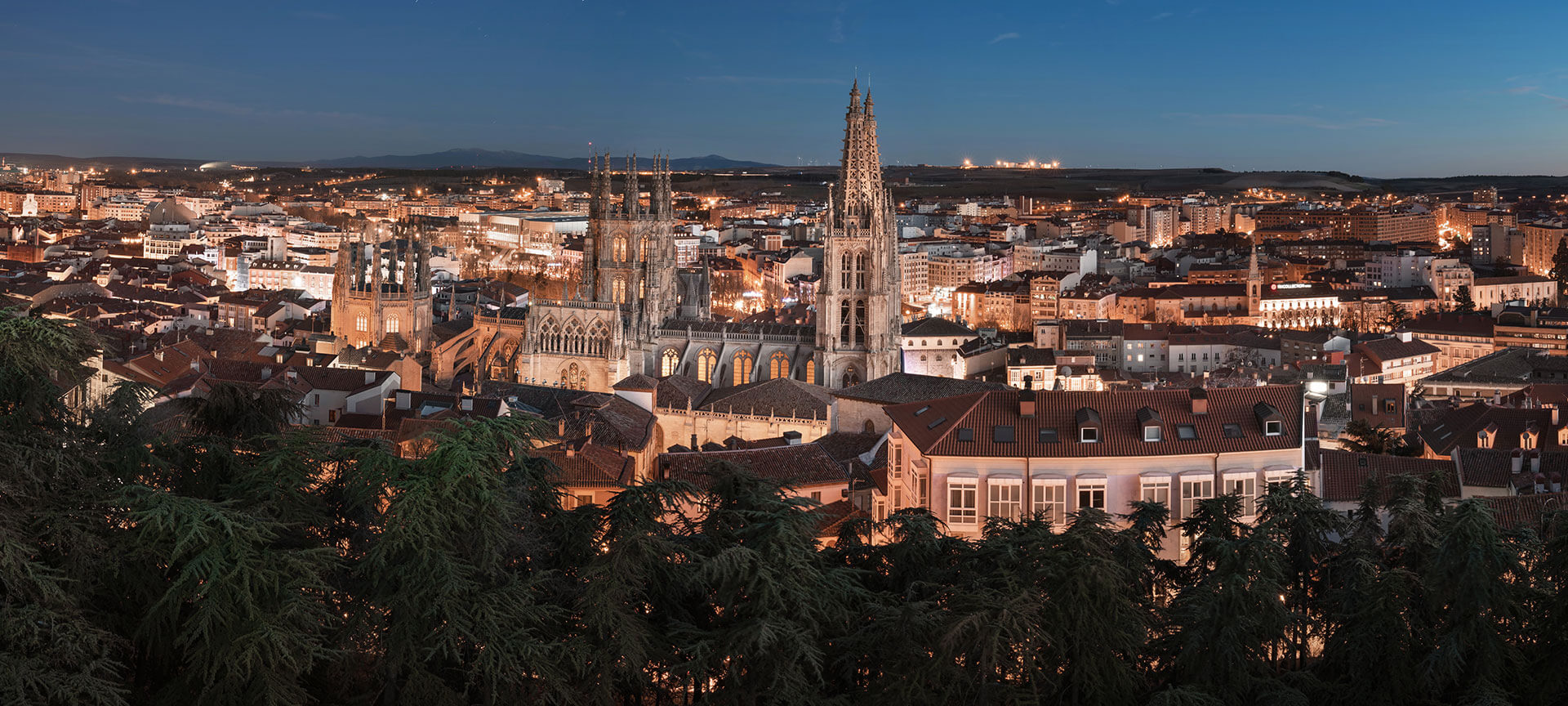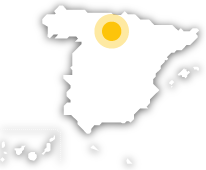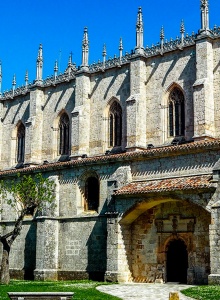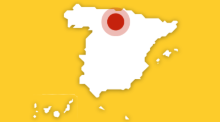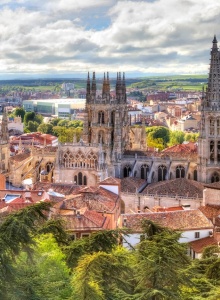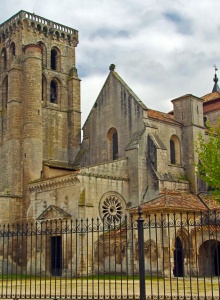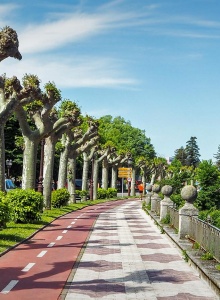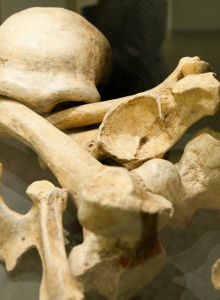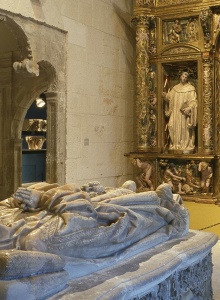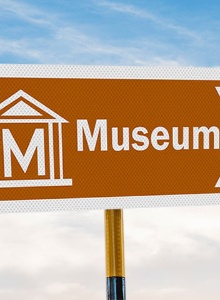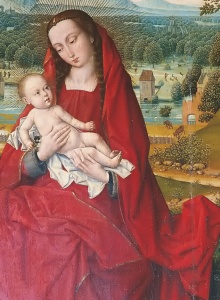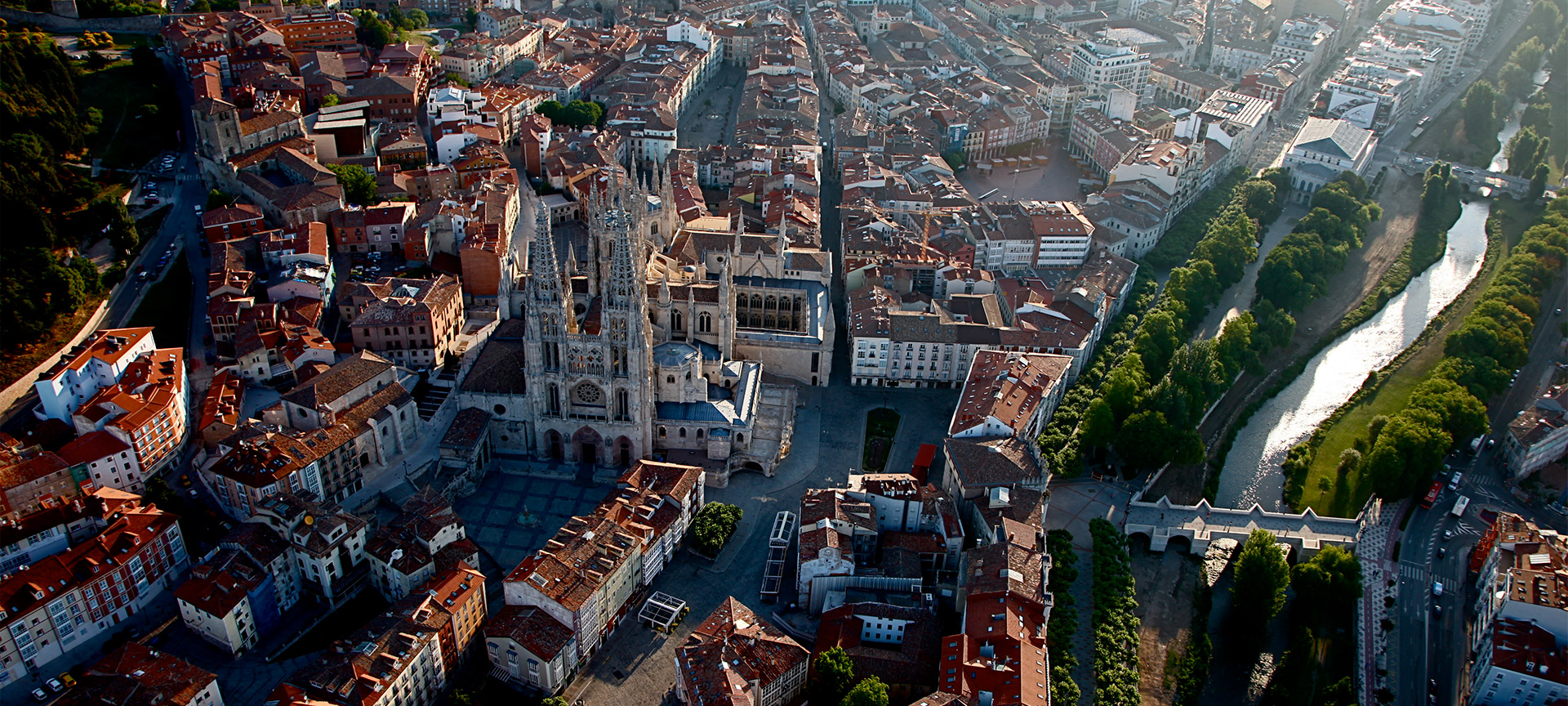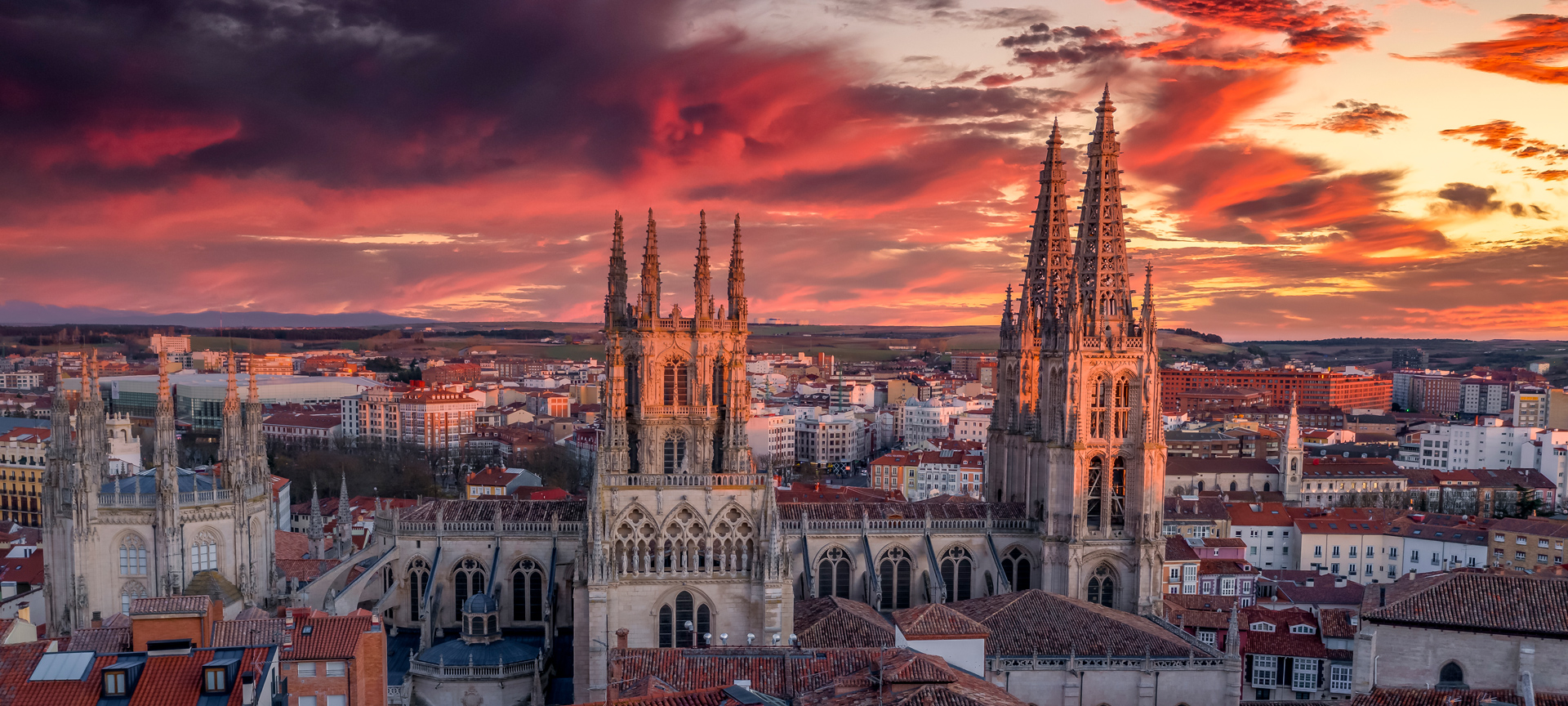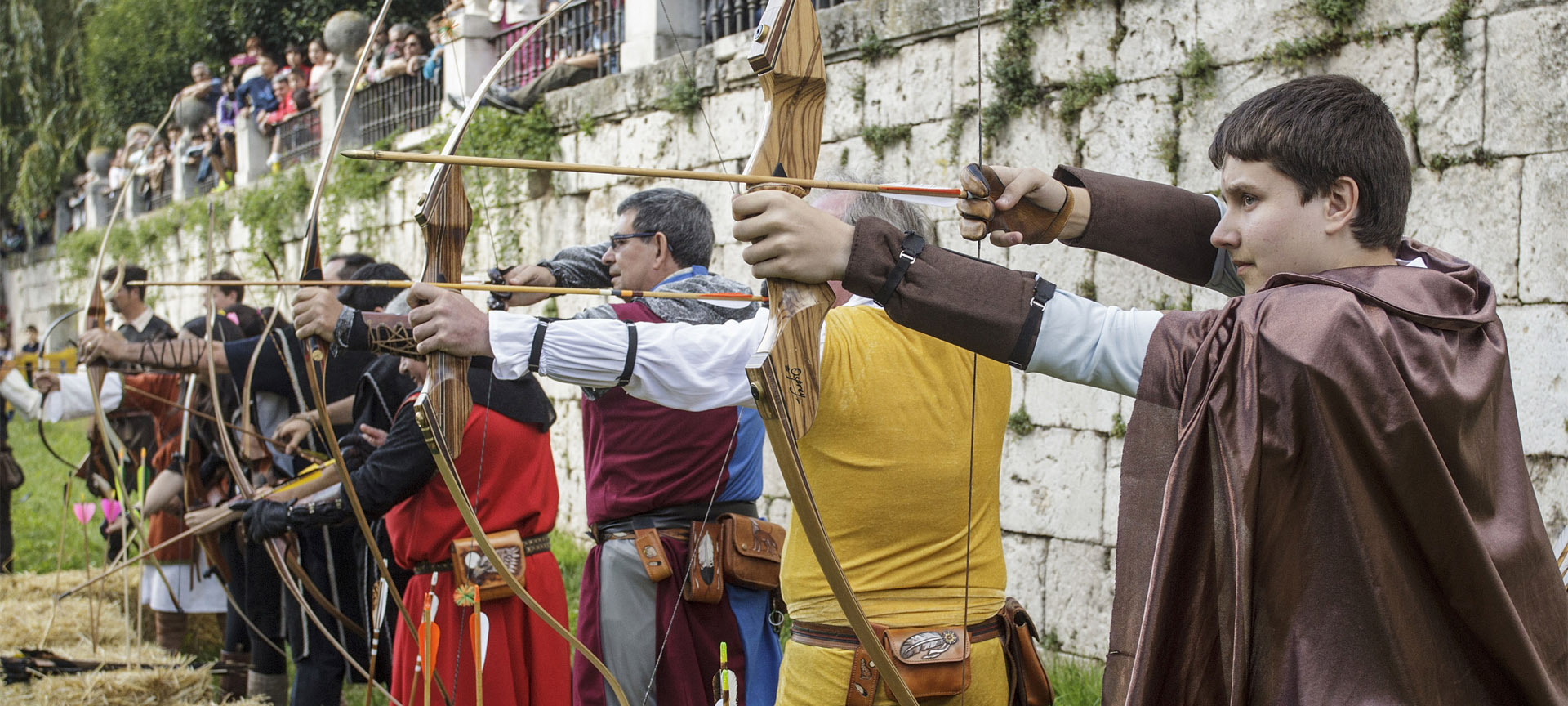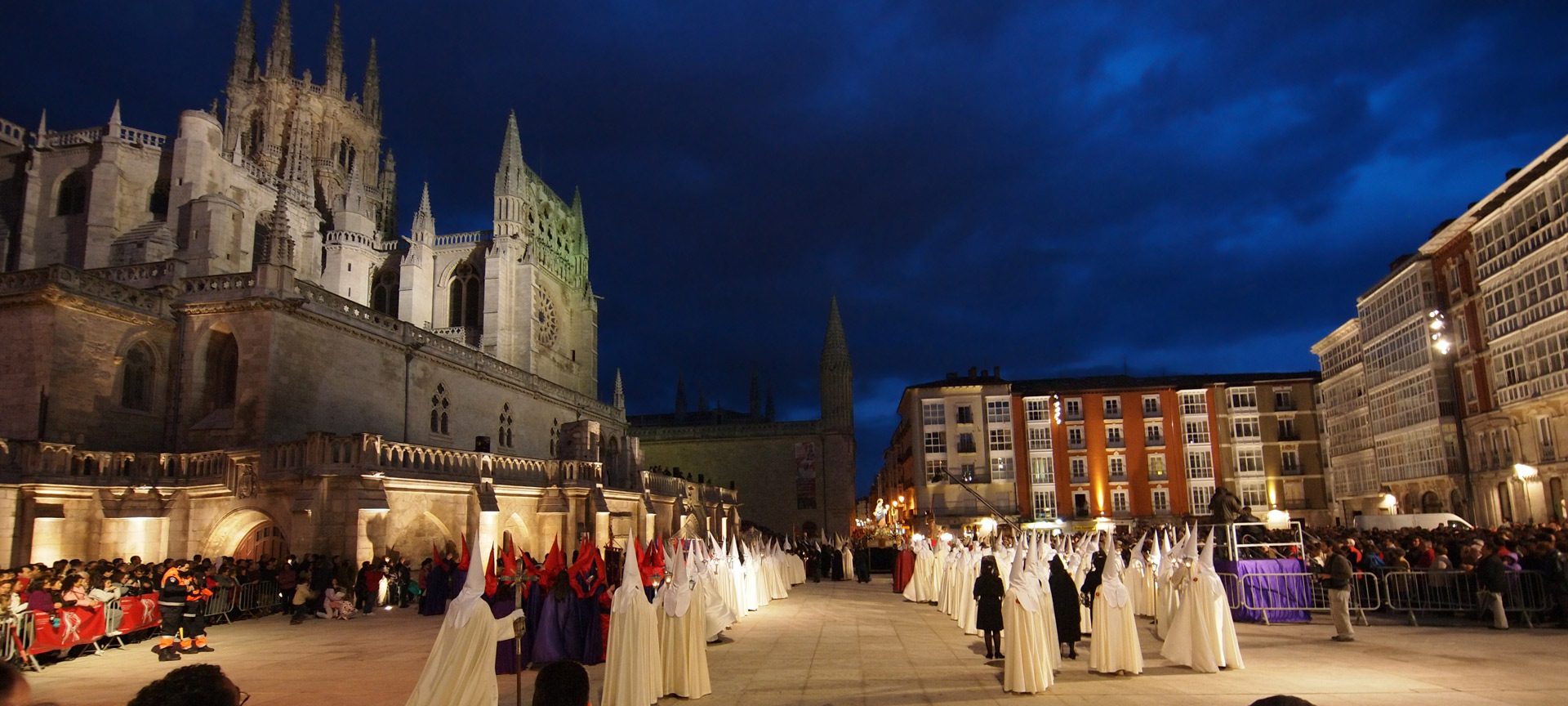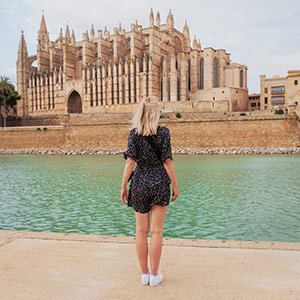Burgos was the capital city of the unified kingdom of Castile and Leon for five centuries, and boasts one of the masterpieces of Spanish Gothic, its Cathedral, declared a World Heritage Site. In addition to visiting Burgos' old town, you can explore its province through interesting routes along the banks of the Duero and Arlanza rivers. And choose one of the many options to enjoy its rich and varied gastronomy.
A few kilometres from the prehistoric site of Atapuerca, a World Heritage Site, you find the city of Burgos, crossed by the Arlanzón river. Founded as a military town, little by little it became a mercantile city of great economic power during the Middle Ages. This development was helped by the fact that it was the capital of the unified kingdom of Castile and Leon (10th and 15th centuries), by its privileged location along the Camino de Santiago, and by its monopoly over the merino wool trade. All this splendour has left a deep mark on modern-day Burgos.At the foot of the walled castle hill, offering one of the best views of the city, unfolds the old medieval quarter. The highlights here are the arch of San Esteban, in the Mudéjar style, and the Gothic church of the same name, which houses the Altarpiece Museum. And there is also the temple of San Nicolás, featuring a magnificent polychrome alabaster altarpiece.
World Heritage designation
But without a doubt, the star of Burgos' architecture is its Cathedral, declared by a World Heritage Site by the UNESCO. Built on a Romanesque canvas, the current building followed the Franco-Norman Gothic style. The filigrees on the tower spiers and the exterior volume of the Chapel of El Condestable are some of its masterpieces. Inside, this beauty and creative genius is complemented by a long list of exceptional works: the starry dome that covers the tombs of El Cid and Doña Jimena, the choir, the tombs, and the Golden Staircase by the Burgos architect and sculptor Diego de Siloé, one of the most representative figures of the Spanish Renaissance.Burgos' non-religious architecture boasts beautiful examples in the Casa de Miranda and the Casa de Angulo. The buildings house the Museum of Burgos, which features major archaeological and fine arts collections. But the most outstanding house in Burgos is Casa del Cordón, where the Catholic Monarchs received Christopher Columbus after his second voyage to America.The historic centre of Burgos ends with two important buildings: to the west rises the Monastery of Santa María Real de las Huelgas, and its remarkable Gothic cloister and chapel of the Apostle Santiago. Nearby, the Museo de Ricas Telas showcases, for example, the historic banner seized from the Arabs in the Battle of Las Navas de Tolosa (year 1212). To the east, in Cartuja de Miraflores you can find an impressive polychrome altarpiece, and other art works. According to tradition, it was gilded with the first gold brought to Spain after the discovery of America.
Burgos in its entirety
The city's privileged location offers visitors a gateway to a province bisected by interesting routes, which will bring them closer to the heart of Castile and Leon. One such route starts in Burgos, runs along the banks of the Arlanza river, and unveils medieval churches and convents, feudal castles and Renaissance palaces. These jewels of Burgos architecture can be found in Lerma, Santo Domingo de Silos and Quintanilla de las Viñas.The province of Burgos is crossed by the Camino de Santiago, a pilgrimage route declared a World Heritage Site. It is an artistic and cultural journey rich in churches, hermitages and pilgrim hospitals, in towns such as Belorado, Villafranca Montes de Oca and Castrogeriz.Ribera del Duero, birthplace to one of the most famous Wine Designations of Origin, surprises us with towns with a strong historical character. Aranda, Peñaranda and Roa (all from Duero) present us with Gothic reliefs, Renaissance coffered ceilings (“artesonados”) and interesting wine cellars.Popular architecture unfolds between bushy valleys, highlands and páramos. Countless towns and villages where you enjoy their artistic and cultural heritage and the chance to practice sports with a low environmental impact. Miranda del Ebro, Treviño and Villasana de Mena are good examples.But all of these locations share a common trait: their strong gastronomic personality. Dining in Burgos means sampling a great wealth of local products such as legumes, cured sausages and game. Suckling lamb baked in a wood oven, marinated trout, or stewed cod for your main dish. And for dessert, “yemas” (with sugar and yolks), fresh cheese with walnuts and honey, or caramelised almonds. And you can't forget the famous wines of Ribera del Duero.
